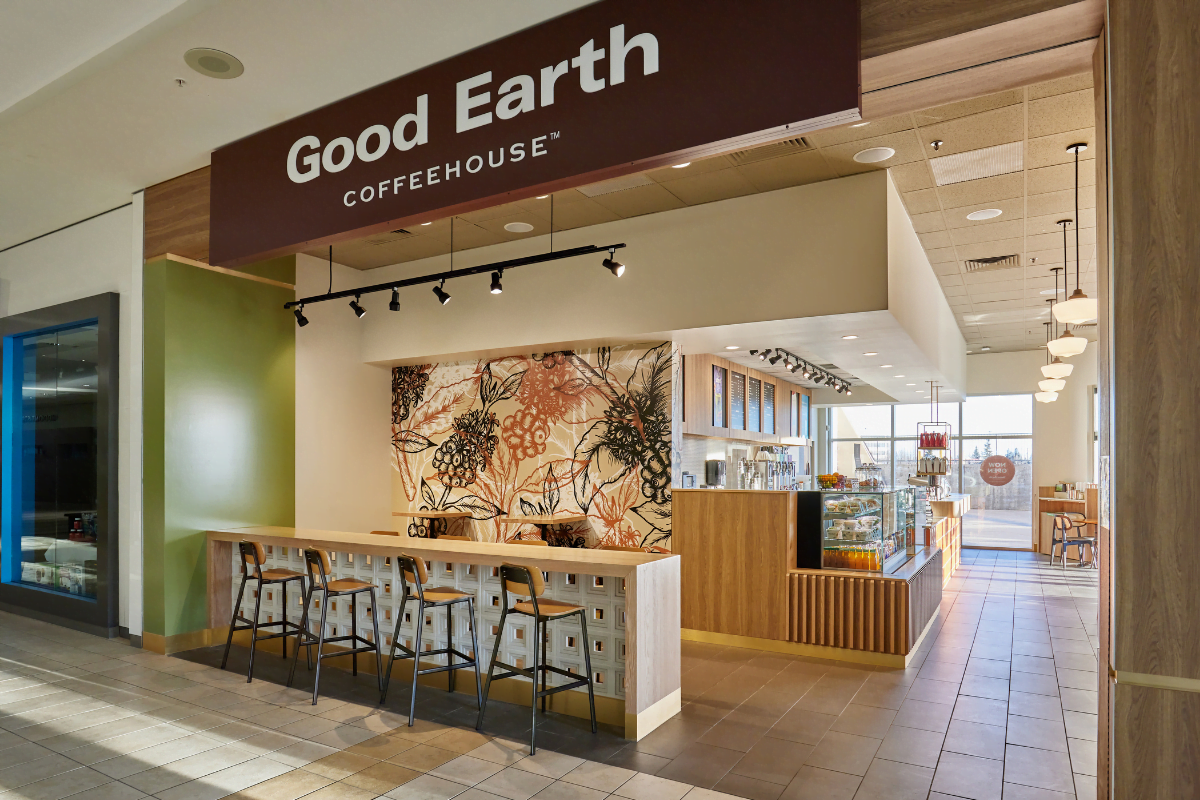Canada Sees Coffee Price Surge Amid Declining Agricultural Commodity Prices
Most agricultural commodities are experiencing price drops compared to last year, including staples like wheat, corn, barley, and canola. Even cocoa, which hit a historical high less than a year ago, has seen a decrease.
However, coffee prices remain an outlier, with arabica coffee hitting a 13-year high. Currently, a pound of arabica coffee costs $2.70 U.S., reflecting an increase of over 80% since September of last year. This surge is largely due to severe droughts and wildfires in Brazil and Vietnam, the world’s top coffee producers, which together account for around half of the global coffee bean production.

Will Coffee Chains in Canada Increase Prices?
Historically, companies like Tim Hortons raised prices during coffee price surges, as they did in 2011 when coffee prices spiked. However, it’s important to note that the cost of coffee beans typically comprises a small portion—between 5% to 10%—of the total price of a cup of coffee at large chains. The bulk of the price goes toward covering labour, rent, utilities, and other operational costs. As such, while we can expect some price adjustments, drastic increases are unlikely in the short term.
The fluctuation in coffee prices over time is primarily driven by climatic factors. Arabica coffee requires specific growing conditions, and the regions suitable for its cultivation are shrinking due to climate change. Meanwhile, global demand continues to grow, especially in emerging markets like China and India, where coffee consumption is on the rise despite their traditional preference for tea.

Canada’s Coffee Culture and Consumption Rankings
Canada, too, is a significant coffee-consuming nation, ranking 11th globally with an average of 1.57 cups per person per day. Coffee is deeply embedded in the daily routines of Canadians, with the average individual expected to drink around 35,000 cups of coffee over their lifetime. However, countries like Luxembourg, Finland, Sweden, and Norway boast even higher per capita coffee consumption, with people drinking more than five cups a day in some cases.
With coffee being one of the most traded commodities globally, there’s growing interest in producing it more sustainably through lab-grown methods. Research on lab-grown coffee has been ongoing since the 1970s, but only recently have we seen more serious advancements in replicating the taste and aroma of traditionally farmed coffee. A study by the VTT Technical Research Centre of Finland suggests that lab-grown coffee could eventually match the flavour profile of conventional coffee, and there’s optimism about the scalability of the technology.

Investments Pouring Into Lab-Grown Coffee Startups
The lab-grown coffee sector has attracted significant investments in the last two years. Atomo Coffee, for example, has raised millions to develop molecular coffee made from plant waste. Other startups are collectively raising tens of millions of dollars to create sustainable coffee alternatives that reduce water use, carbon emissions, and the need for deforestation linked to traditional coffee farming.
However, until lab-grown coffee becomes mainstream, it is unlikely that consumers will see lower coffee prices. For now, stocking up on coffee beans when prices dip may be the best strategy for coffee lovers to manage rising costs.
Other articles from the author:

















